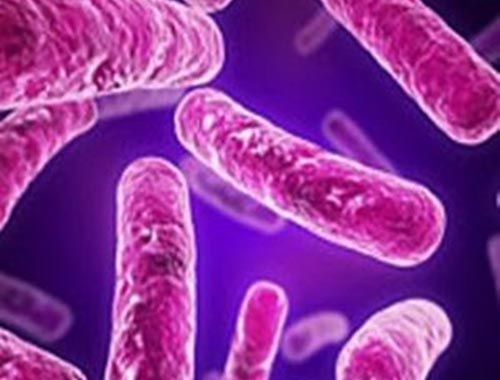Nontuberculous Mycobacteria
Mycobacteria are a diverse group of rod-shaped bacteria that include more than 100 different species. Except for Mycobacterium tuberculosis (which causes the disease tuberculosis (TB)) and Mycobacterium leprae (which causes leprosy), most mycobacteria live in the soil and water in both rural and urban settings throughout the world. They can be found in aerosols, rivers and swamps, in treated city water, public swimming pools, hot spas, humidifiers, aquariums, garden soils, food, and many other places. Because they are protected by their waxy lipid-rich cell wall, mycobacteria are resistant to disinfectants and water Treatment measures. There is not a standard naming convention for this group of microorganisms. They may be referred to as nontuberculous mycobacteria (NTM), mycobacteria other than tuberculosis (MOTT), atypical mycobacteria, and-or environmental mycobacteria. The term MOTT is still often used but is an older designation. "Nontuberculous mycobacteria" has come into use more recently so, for the purpose of this article, this group will be referred to as NTM. The symptoms associated with nontuberculous mycobacteria (NTM) infections depend on which part(s) of the body are involved. Pulmonary infections may cause TB-like symptoms, including: Chronic cough, sometimes with bloody sputum; Fever; Chills; Weight loss; Weakness; Skin-related NTM infections may cause persistent sores, boils, ulcers, and granulomas. Those affecting lymph nodes may cause inflammation in the node. All of these symptoms may also be seen in a variety of other conditions. The diagnosis of most NTM infections depends on the positive identification of mycobacteria in body fluids or tissues.
